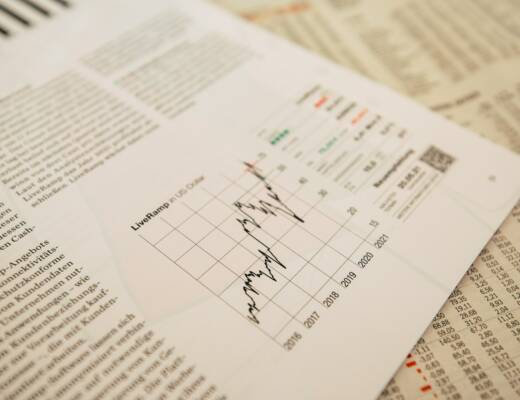Levi Strauss has released an
optimistic financial forecast for the remainder of the year, signaling confidence in its business performance despite potential headwinds. The iconic jeans manufacturer, however, faces possible cost increases as a result of President Donald Trump’s ongoing tariff implementations. The company’s upbeat projection comes
amid growing trade tensions between the United States and several trading partners, particularly China, where many apparel manufacturers source materials or production capacity.
Tariff Impact on the Apparel Industry
President
Trump’s administration has been steadily expanding tariffs on imported goods as part of its trade policy. These measures could directly
affect Levi Strauss’s production costs, as the apparel industry relies heavily on global supply chains.
While Levi Strauss has not specified the exact financial impact these tariffs might have on their operations, industry analysts suggest that clothing manufacturers typically face three options when dealing with increased import costs:
- Absorbing the additional costs, which reduces profit margins
- Passing costs to consumers through price increases
- Restructuring supply chains to minimize tariff exposure
Financial Outlook Remains Strong
Despite these challenges, Levi Strauss maintains its positive outlook for the year. The company appears confident in its ability to navigate the changing
trade landscape while continuing to meet its financial targets.
This optimism may stem from several factors, including strong brand recognition, diversified distribution channels, and potentially existing strategies to mitigate tariff impacts. The company has been working to expand its direct-to-consumer business in recent years, which typically carries higher margins than wholesale operations.
The jeans maker could see costs rise as President Donald Trump continues to raise tariffs.
Industry-Wide Implications
Levi Strauss’s situation reflects broader
challenges facing the U.S. apparel industry. Many clothing companies are evaluating their supply chain strategies as trade policies shift. Some manufacturers have already begun relocating production from China to other countries such as Vietnam, Bangladesh, or Mexico to reduce exposure to
U.S.-China trade tensions.
Retail industry groups have repeatedly expressed concerns about the impact of tariffs on consumer goods, warning that they function as a tax that either reduces
company profits or increases prices for American shoppers.
For Levi Strauss specifically, the company’s global presence may provide some flexibility in adjusting its manufacturing and distribution strategies to adapt to changing trade conditions.
Investors and industry observers will be watching closely to see how the company balances its optimistic financial projections with the practical challenges posed by rising tariffs. The situation also highlights how even established American brands with strong market positions
must adapt to rapidly changing trade policies.
As the tariff situation continues to evolve, Levi Strauss’s performance may serve as an indicator of how well major apparel brands can maintain growth while managing external cost pressures.






